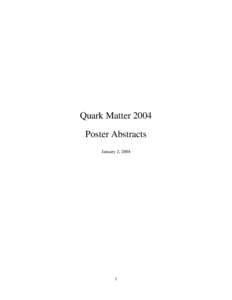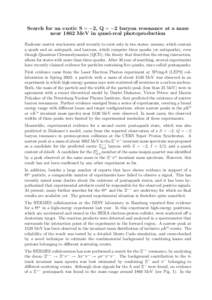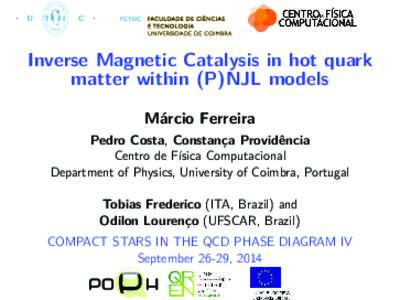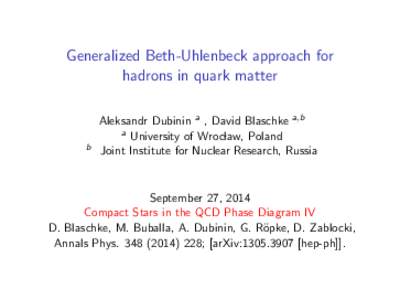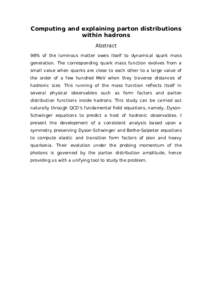<--- Back to Details
| First Page | Document Content | |
|---|---|---|
 Date: 2007-02-05 06:31:01Nuclear physics Brookhaven National Laboratory Quark matter Relativistic Heavy Ion Collider CLEO Hadron Rapidity Parton William Allen Zajc Physics Particle physics Quantum chromodynamics |
Add to Reading List |
 Identified particle production in p+p and d+Au collisions at RHIC Hongyan Yang (for the BRAHMS Collaboration†) Department of Physics and Technology, University of Bergen, Allegaten 55, 5007 Bergen, Norway E-mail: hongy
Identified particle production in p+p and d+Au collisions at RHIC Hongyan Yang (for the BRAHMS Collaboration†) Department of Physics and Technology, University of Bergen, Allegaten 55, 5007 Bergen, Norway E-mail: hongy